Understanding the diverse climates and temperatures across the United States has always fascinated me.
As an avid traveler and curious mind, I find myself drawn to the vast geographic variety that our nation offers. Throughout my journey, I couldn’t help but notice how the climate seeped into every facet of life. It shaped the way people dressed, influenced their daily routines, and even impacted the local cuisine.
Remember that the climate discourse is not without its controversies, with a distinct group of individuals challenging the scientific consensus on climate change, a phenomenon you can learn more about in our article on prominent climate skeptics.
As I reflect on my adventure, I invite you to join me on this heated journey through the ten hottest states in the U.S. in 2024. Whether you’re seeking your next summer vacation spot, yearning to expand your geographical knowledge, or simply looking to satisfy your wanderlust, this list will offer insights and ignite a sense of discovery.
10. Arkansas: The Natural State’s Sizzling Summers
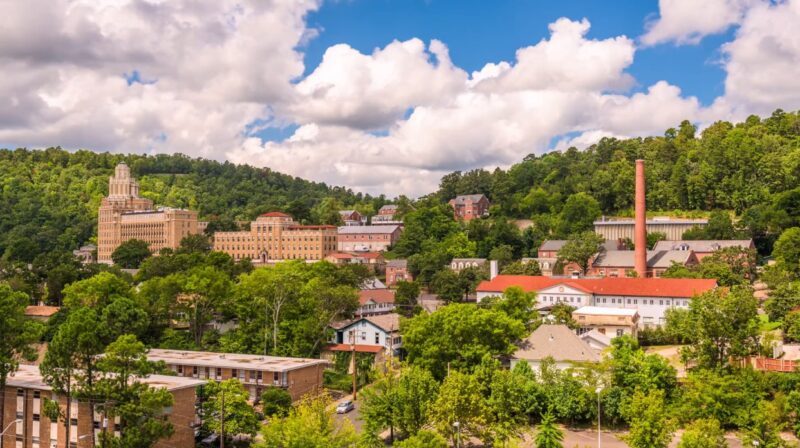
Arkansas, known as the Natural State, is no stranger to hot and humid summers. With an average temperature of 61.1°F (16.2°C), it ranks as the 10th hottest state in the US.
The state’s climate is characterized by long, hot summers and short, mild winters, making it a haven for those who enjoy warm weather. Despite the heat, Arkansas is home to a wealth of natural beauty, including the famous Hot Springs National Park and the breathtaking Ozark Mountains.
These attractions offer a respite from the heat, with their lush greenery and cool mountain air. The state’s diverse landscape, ranging from mountainous regions to lowlands along the Mississippi River, contributes to its varied climate.
The Ozark and Ouachita Mountains in the north and west of the state provide a cooler, more temperate climate, while the lowlands in the south and east experience a hotter, more humid climate.
Despite the heat, Arkansas’s rich cultural heritage and southern charm make it a popular destination for tourists. The state’s vibrant music scene, delicious cuisine, and friendly locals add to its appeal.
Whether you’re exploring the historic sites in Little Rock or enjoying the natural beauty of the Ozarks, Arkansas offers a unique blend of southern hospitality and natural beauty.
9. Arizona: Desert Heat and Scenic Landscapes

Arizona, known for its arid desert climate, is a state where the thermometer often soars above the rest. With an average temperature of 61.1°F (16.2°C), it is one of the hottest states in the country.
The state is home to Phoenix, Tucson, and the Grand Canyon, all of which are popular destinations for tourists and locals alike. Despite the scorching temperatures, Arizona’s unique desert landscapes and vibrant sunsets make it a place of stunning beauty.
Arizona’s climate is characterized by extremely hot summers and mild winters, with little to no rainfall. The state’s arid climate is a result of its location in the southwestern part of the country, which is dominated by desert landscapes.
Despite the harsh climate, Arizona is home to a diverse range of flora and fauna, adapted to survive in the extreme heat and dry conditions.
Arizona offers a wealth of attractions for visitors. From the awe-inspiring beauty of the Grand Canyon to the vibrant cultural scene in Phoenix, there’s something for everyone in the Copper State.
The state’s rich Native American heritage, represented by tribes such as the Navajo and Hopi, adds to its cultural diversity.
8. South Carolina: Heat and Southern Charm
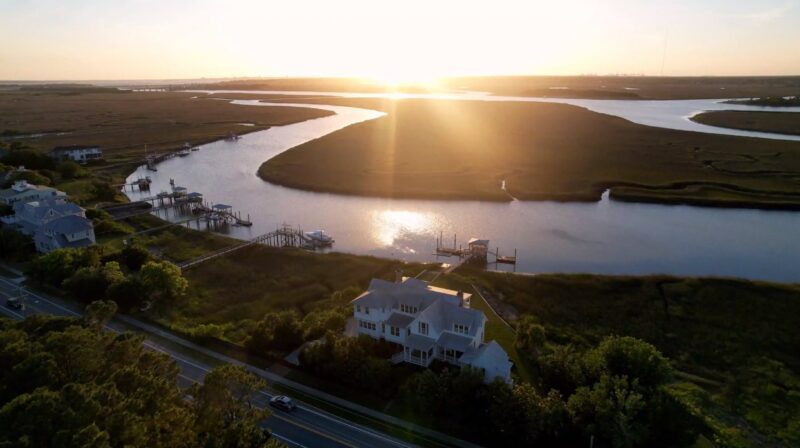
South Carolina, with its subtropical climate, hot summers, and mild winters, boasts an average temperature of 63.4°F (17.4°C). Cities like Charleston and Columbia are particularly known for their heat.
However, the state’s beautiful beaches, historic landmarks, and vibrant culture more than make up for the high temperatures. From the historic plantations of Charleston to the bustling city life of Columbia, South Carolina offers a unique blend of southern charm and heat.
South Carolina’s climate is influenced by its location on the eastern seaboard, with the Atlantic Ocean moderating temperatures along the coast.
The state experiences long, hot summers and short, mild winters, with coastal areas being slightly cooler than the interior. Despite the heat, South Carolina’s natural beauty, from its sandy beaches to its lush mountains, makes it a popular destination for tourists.
South Carolina’s rich history and vibrant culture make it a must-visit destination, regardless of the high temperatures. The state’s historic plantations, beautiful gardens, and charming small towns offer a glimpse into the past, while its bustling cities and vibrant arts scene provide a taste of modern southern life.
7. Alabama: Sweet Home of Heat
Alabama, the “Heart of Dixie,” is another southern state known for its warm and humid climate. With an average temperature of 63.7°F (17.6°C), Alabama experiences hot summers and mild winters.
The state is home to a variety of attractions, including the beautiful Gulf Coast and numerous historical sites that tell the story of the state’s rich history. Despite the heat, Alabama’s southern hospitality makes it a welcoming place for all.
Alabama’s climate is characterized by long, hot summers and short, mild winters. The state’s location in the southeastern part of the country, along with its proximity to the Gulf of Mexico, contributes to its humid subtropical climate.
Alabama offers diverse landscapes, from the Appalachian Mountains in the north to the sandy beaches along the Gulf Coast, which make it a wealth of natural beauty.
The state’s rich history, embodied in sites like the Civil Rights Memorial and the Rosa Parks Museum, provides a glimpse into the past. Meanwhile, its beautiful beaches, vibrant music scene, and delicious southern cuisine make it a popular destination for tourists.
6. Mississippi: Where Heat and Southern Hospitality Collide
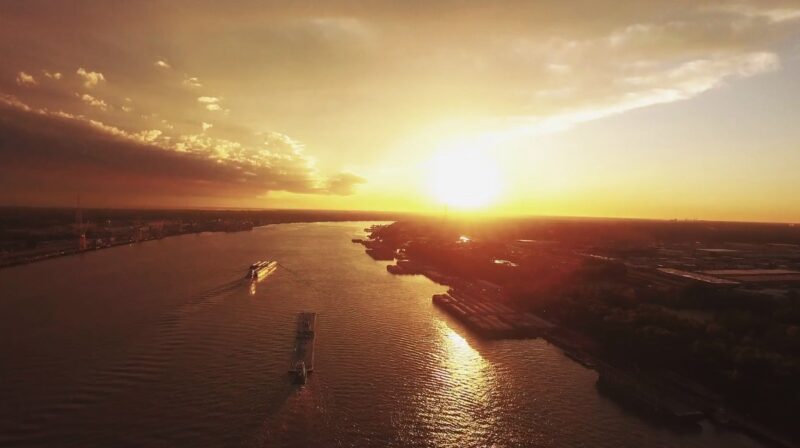
Mississippi, with an average temperature of 64.3°F (17.9°C), is known for its hot and humid climate. Cities like Jackson and Biloxi are particularly known for their high temperatures.
However, the its rich cultural heritage, embodied in sites like the Mississippi River and numerous cultural heritage sites, offers a unique blend of southern hospitality and heat.
Mississippi’s climate is characterized by long, hot summers and short, mild winters. The state’s location in the southeastern part of the country, along with its proximity to theGulf of Mexico, contributes to its humid subtropical climate.
Despite the heat, Mississippi offers a wealth of attractions for visitors. The state’s rich history, embodied in sites like the Vicksburg National Military Park and the Mississippi Civil Rights Museum, offers a glimpse into the past.
Whether you’re exploring the historic sites in Jackson, relaxing on the beaches of Biloxi, or enjoying the vibrant nightlife in Gulfport, Mississippi offers a unique blend of southern charm and hospitality.
5. Georgia: The Peach State’s Sizzling Summers

Georgia, the Peach State, has an average temperature of 64.3°F (17.9°C). Cities like Atlanta and Savannah are particularly known for their high temperatures.
Georgia’s climate is characterized by long, hot summers and short, mild winters. The state’s location in the southeastern part of the country, along with its proximity to the Atlantic Ocean, contributes to its humid subtropical climate.
There are many different attractions like the Martin Luther King Jr. National Historic Site and the Savannah Historic District for those who are interested in the state’s history.
4. Texas: Where Everything’s Bigger, Including the Heat
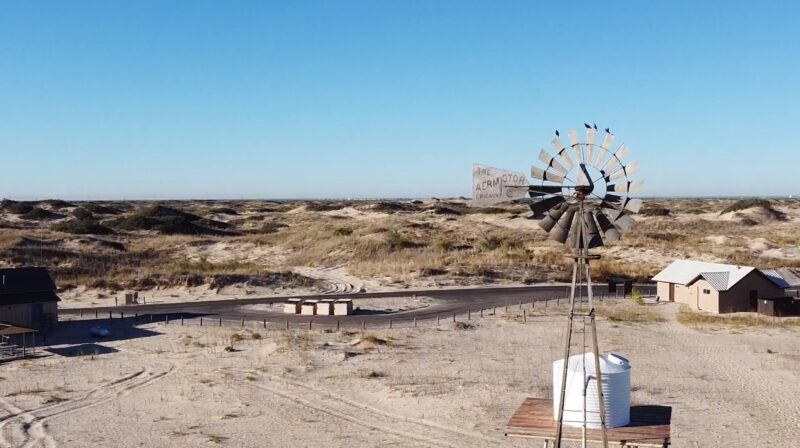
Texas, where everything is bigger, is no exception when it comes to heat. With an average temperature of 65.8°F (18.8°C), Texas experiences a diverse climate, ranging from arid to humid.
Despite the heat, the state is home to bustling cities like Houston, Dallas, and Austin, and natural wonders like Big Bend National Park. The Lone Star State’s reputation for hot temperatures is matched only by its reputation for big-hearted hospitality and larger-than-life attractions.
Texas’s climate is as diverse as its landscape, with coastal areas experiencing a humid subtropical climate and western areas experiencing a semi-arid climate.
The state’s size and geographical location contribute to its varied climate, with northern areas experiencing colder winters and southern areas experiencing hotter summers.
Texas’s diverse landscapes, from the rolling plains in the north to the sandy beaches along the Gulf Coast, make the high temperatures almost irrelevant.
Whether you’re exploring the historic sites in San Antonio, hiking in Big Bend National Park, or enjoying the vibrant nightlife in Austin, Texas offers a unique experience for everyone.
3. Louisiana: Heat, Humidity, and Southern Hospitality

An average temperature of 67.2°F (19.6°C), and hot climate are typical for Louisiana. Cities like New Orleans and Baton Rouge are particularly known for their high temperatures.
However, the state’s vibrant culture, delicious cuisine, and unique landscapes make it a must-visit destination. From the jazz-filled streets of New Orleans to the swampy beauty of the bayous, there is a variety of things to occupy you when visiting.
Louisiana’s climate is characterized by long, hot summers and short, mild winters. The state’s location in the southeastern part of the country, along with its proximity to the Gulf of Mexico, contributes to its humid subtropical climate.
Nonetheless, the vibrant music scene, delicious Creole and Cajun cuisine, and unique cultural festivals make it a popular destination for tourists.
2. Hawaii: Tropical Paradise and Year-Round Warmth

Hawaii is a tropical paradise known for its consistently warm climate throughout the year. The average temperature is 70.2°F (21.2°C).
Hawaii’s climate is characterized by a tropical climate, with warm temperatures throughout the year. The state’s location in the middle of the Pacific Ocean, along with its volcanic origins, contributes to its unique climate.
The stunning beaches, active volcanoes, and lush landscapes of the islands offer a unique blend of natural beauty and cultural richness. Despite being one of the hottest states in the US, Hawaii’s tropical climate and breathtaking beauty make it a dream destination for many.
You can always explore the historic sites in Honolulu, relax on the beaches of Maui, or hike in Volcanoes National Park, which makes Hawaii a unique blend of natural beauty and cultural richness.
1. Florida: Sunshine and Sweltering Heat
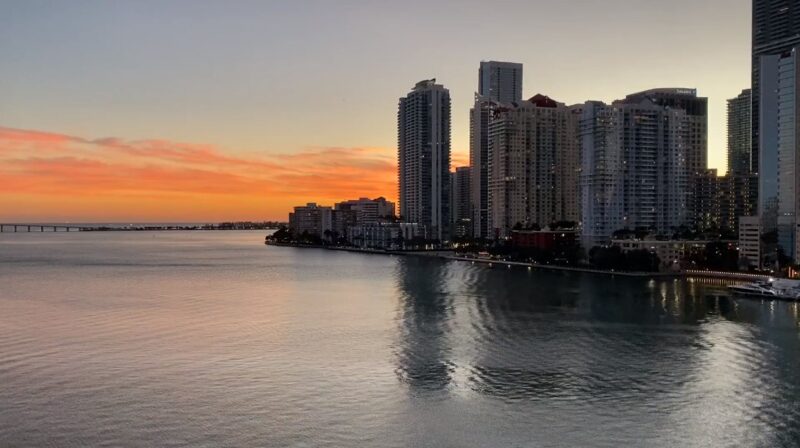
Florida, the Sunshine State, tops the list of the hottest states in the US with an average temperature of 71.5°F (21.9°C).
Known for its tropical climate, high humidity, and hot temperatures throughout the year, Florida is a hotspot for tourists. From the bustling city life of Miami to the magical world of Orlando’s theme parks, and the serene beauty of the Florida Keys, the state offers a unique blend of attractions that cater to all tastes.
Florida’s climate is characterized by a tropical climate, with hot, wet summers and mild, dry winters. The state is located on the southeastern tip of the country, along with its proximity to the Atlantic Ocean and the Gulf of Mexico, which shapes its unique climate.
Despite the heat, Florida’s diverse landscapes, from the sandy beaches to the lush Everglades and the coral reefs of the Keys, are definitely worth seeing.
FAQs:
What measures are being taken in Arkansas to combat the effects of its hot climate?
As of my last training data in September 2021, Arkansas has been promoting energy efficiency and renewable energy programs. The Arkansas Energy Office offers programs aimed at promoting energy efficiency, reducing energy consumption, and transitioning to renewable energy.
How does Texas’s hot climate impact its energy consumption?
Texas’s hot climate leads to high energy consumption, particularly for air conditioning in the summer. This has led to a focus on energy efficiency and the development of renewable energy sources in the state.
What impact does Mississippi’s hot climate have on its economy?
Mississippi’s hot climate supports its agricultural sector, particularly crops like cotton and soybeans that thrive in heat. However, it can also pose challenges such as increased energy costs for air conditioning and potential heat-related health issues.
What adaptations have animals in South Carolina made to survive in its hot climate?
Animals in South Carolina have developed various adaptations to survive in its hot climate. For instance, many animals are nocturnal, being active during the cooler night hours and resting during the heat of the day.
How does Florida’s hot climate impact its real estate market?
Florida’s hot climate can be a draw for people seeking warm weather, particularly retirees, positively impacting the real estate market. However, the heat can also increase costs related to air conditioning and home maintenance.
Conclusion
As we conclude this temperature trek, it’s evident that these ten states are as diverse in their offerings as they are in their climates.
It’s important to consider the broader implications of our warming world, such as the escalating issue of oceanic expansion, which is reshaping our coastlines and threatening coastal communities.”
In 2024, the hottest states, from the desert landscapes of Arizona to the tropical paradise of Hawaii, offered more than just high thermometer readings—they presented unique experiences and attractions that are deeply influenced by their warm climates.
While these states might be known for their hot temperatures, it’s their distinctive cultures, landscapes, and lifestyles that truly make them stand out.
Each offers a unique perspective on American life and a glimpse into how climate shapes our experiences.
So, whether you’re a snowbird fleeing the winter, a sun-chaser seeking warmth, or a traveler seeking a new adventure (like myself), these states are sure to offer experiences as warm and inviting as their climates
Related Posts:
- 10 Climate Change Movies To Watch in 2024: Lights,…
- 10 Best Books on Climate Change in 2024 - In-Depth…
- How Does the Greenlash Impact the Casino Industry in…
- How to Reduce Your Pool's Environmental Impact - 2024 Guide
- 5 Best Tumbling Composters for Your Garden in 2024 -…
- Best 13 Composting Toilets For Tiny Houses in 2024








